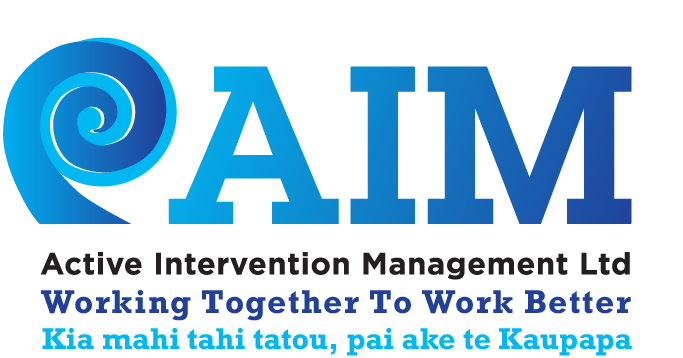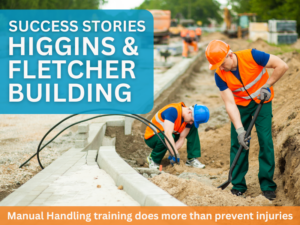This article has been kindly shared by Alison Richmond from Provention.
Shoulder Injuries Are Common in the Aging Workforce
Shoulder injuries are common in the aging workforce. They often lead to significant time off work and a long, frustrating recovery process for those affected.
Understanding the Shoulder Complex
Pain in or around the shoulder can be difficult to diagnose. This is due to the complex interaction of multiple structures that make up the shoulder girdle. These include the neck, thoracic spine, scapula, clavicle, gleno-humeral joint, and rotator cuff.
A common and often overlooked contributor to shoulder pain is the thoracic spine, which runs from the base of the neck down to the bottom of the ribs.

The Overlooked Link: Thoracic Spine and Shoulder Pain
When individuals perform repetitive reaching or above shoulder height activities, with limited mobility in the thoracic spine, it alters the position of the shoulder girdle. Over time this may lead to rotator cuff injuries, bursitis, impingements and neck pain.
Reduced mobility in the thoracic spine is common in the ‘modern world.’ As a population, we spend too much time sitting and/or in forward postures: such as bending, reaching, and lifting. Insufficient time is spent ‘undoing the effects’ of these movements and postures.
How Poor Posture Contributes to Shoulder Dysfunction
When you spend too much time in one position, some muscle groups and joints get ‘tight,’ while others get weak and the body no longer moves as it should – predisposing you to strain and injury.
Maintaining mobility and strength in the thoracic spine has benefits, not just limited to the health of the shoulder. It also benefits your general health and the function of many other parts of your musculoskeletal system.
Simple Exercises to Improve Thoracic Spine Mobility
Here are links to x2 simple exercises to target mobility in the thoracic spine; useful to prevent shoulder injuries and assist if you already have shoulder pain.
As always, work within your comfort zone and consult a healthcare professional
if your symptoms do not improve with self-care.





